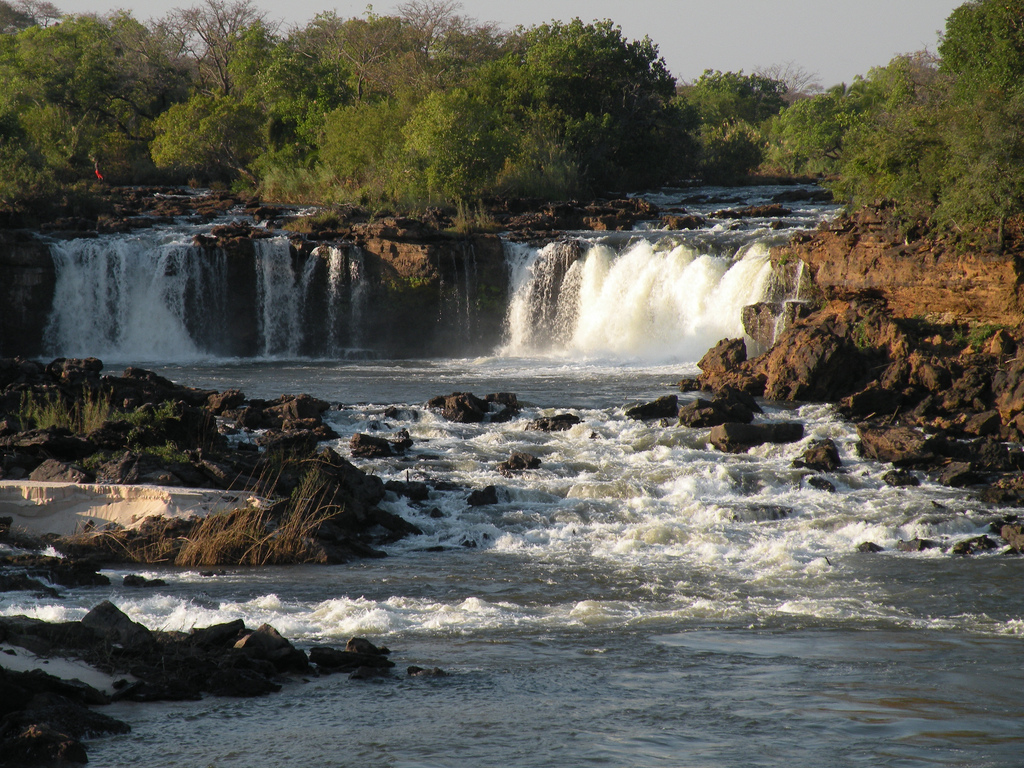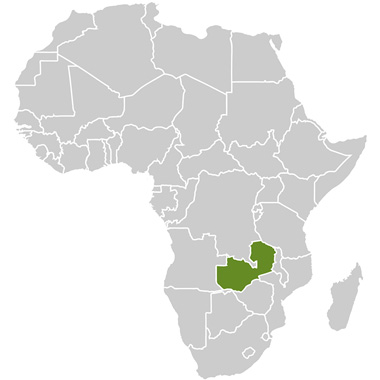From Sesheke/Katima Mulilo the environment changes rapidly as you enter the rural areas. Buildings give way to small traditional villages and you immediately feel that you have entered the ‘real’ Africa. From here the route roughly follows the Zambezi River for about 123km before reaching the Ngonye Falls.
The main attractions of this part of the route are the magnificent Zambezi River, the extraordinarily friendly people and the complete remoteness of the area. If you are a 4×4 enthusiast then the road to the Ngonye Falls will be precisely your cup of tea. The road is challenging in some stretches and it is recommended that you travel with a 4×4 vehicle or at least a vehicle with a reasonable clearance.
The river dominates the scenery along the way and all the lodges are located along its banks or on islands within it. Activities in the area include fishing, game drives and village tours. The Sioma Ngwezi National Park stretches along the left of the road. It is not signposted, but can be recognized by the turnoff from the road that is built with low rock walls. Ask the locals or a lodge to give you directions. The park is undeveloped, so don’t expect any amenities there at this stage, but game is returning to the area and in time it could form part of a transfrontier park. Presently it is best to enquire at any of the lodges about where and how to pick up a guide to take you through the park.
Most of the lodges and camps offer fishing trips where you can try your luck at catching the infamous Zambezi tiger fish. Other fish that can be caught are Zambezi bream and nembwe.
Make sure that you visit some of the local villages and experience rural life in Zambia. Life in the villages is slow and hasn’t changed much in the last 100 years, although evidence of modernisation can be seen. A hut with solar power can even be spotted along the road! Various crafts can be bought from the locals, ranging from reed mats to Lozi stools and makoro (wood-carved canoe). Most people understand English and if they didn’t, an interpreter will soon be found. Take the time to chat to the local people as they are keen to share their culture and indigenous knowledge of the area with anyone who is interested. Always make sure however to respect the local traditions and culture and don’t impose your culture on them. Remember, these people and their culture have survived in these harsh conditions for centuries and experiencing this is the real attraction of coming to an area like this.
The villages range in size but they all operate in basically the same way. Makusi Village, located 2km before Zambelozi Island Lodge, can be taken as an example of a typical village in the area. Mr. Robert Sihole is the village headman or Induna and acts as the administrative head of the village. Induna Sihole would report directly to the Kuta in Mwandi and deals with all issues relating to his village. Resources in the village are shared among the people, specifically looking after single women (namakuka) and widows. Most villages have a few cattle, goats and chickens and cultivate a few subsistence crops like maize, sorghum or cassava.
The Ngonye Falls, although not as spectacular as its bigger sister, is still well worth a visit. Upon arrival you will be met by locals who offer to take you across the river to the falls. If you haven’t had the chance to take a trip in a makoro, then this is your opportunity to do so. For a few kwacha you can take the short trip across the river followed by a short walk to the falls.


